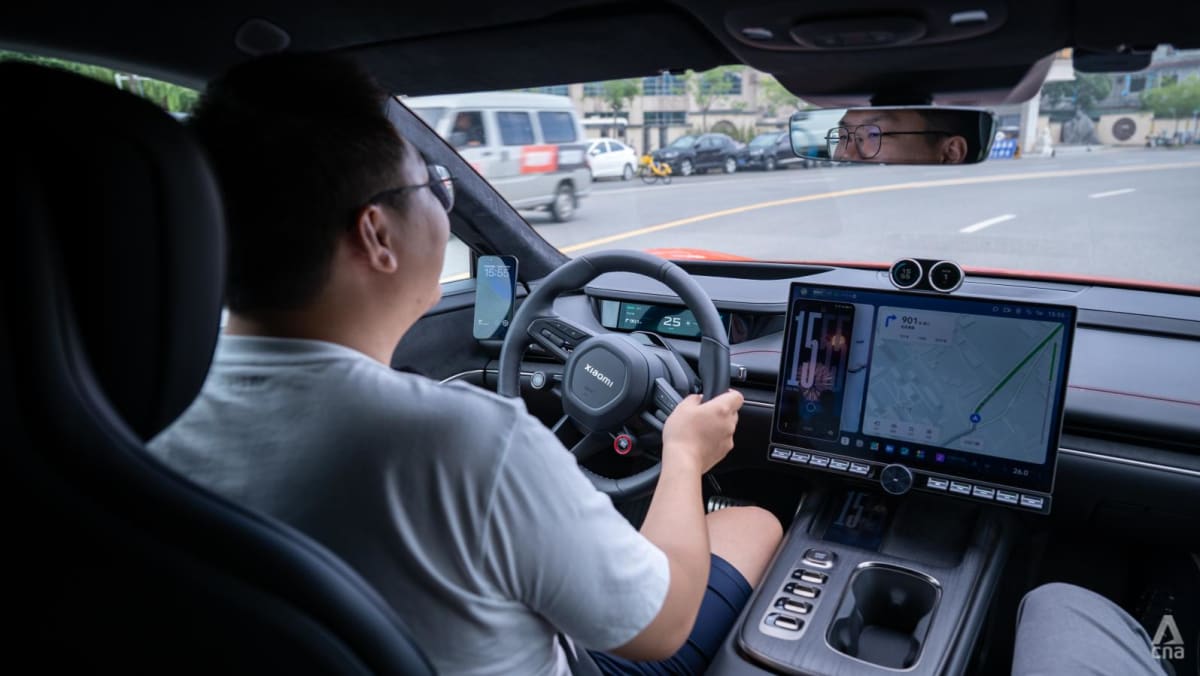Navigating the Tightrope: China's Balancing Act Between Smart Driving Innovation and Safety Regulations
2025-07-23

CNA
China is poised to tighten regulations surrounding smart driving technology, sparking debate about the potential impact on innovation. While recent incidents have highlighted the need for greater safety measures, Beijing remains steadfast in its ambition to lead the global smart driving revolution. This article explores the delicate balance China is attempting to strike, examining the new rules, the industry's response, and the long-term implications for the future of autonomous vehicles in the country.
The Push for Regulation: Recent Setbacks and Growing Concerns
The recent surge in smart driving technology adoption in China has been accompanied by a series of high-profile incidents, raising public safety concerns and prompting calls for stricter oversight. These incidents, ranging from minor collisions to more serious accidents involving autonomous vehicles, have underscored the limitations of current safety protocols and the potential risks associated with rapid technological advancements. The government recognizes the need to address these concerns proactively to maintain public trust and ensure the responsible deployment of smart driving technology.
New Rules on the Horizon: What to Expect
Sources indicate that Beijing is preparing to introduce a new set of regulations aimed at enhancing the safety and reliability of smart driving systems. While the specifics remain under wraps, experts anticipate measures focusing on several key areas:
- Data Transparency and Accountability: Increased requirements for companies to disclose data related to testing, accidents, and system performance.
- Enhanced Testing and Validation: More rigorous testing protocols, including simulated and real-world scenarios, to ensure vehicles can handle a wider range of conditions.
- Cybersecurity Measures: Strengthened safeguards against hacking and unauthorized access to vehicle systems.
- Driver Monitoring Systems: Improved systems to monitor driver attentiveness and ensure they are ready to take control when necessary.
- Liability Framework: Clarification of liability in the event of accidents involving autonomous vehicles.
Innovation vs. Regulation: A Delicate Balance
The introduction of stricter regulations inevitably raises concerns about stifling innovation. China's smart driving industry has experienced tremendous growth in recent years, fueled by substantial government investment and a competitive landscape. Companies are racing to develop cutting-edge technologies, including advanced driver-assistance systems (ADAS) and fully autonomous driving capabilities. The fear is that overly burdensome regulations could slow down this progress and put China at a disadvantage compared to other countries.
However, industry experts argue that a measured approach to regulation is essential for long-term success. While it's crucial to avoid hindering innovation, it's equally important to prioritize safety and build public confidence. A robust regulatory framework can actually *foster* sustainable innovation by creating a level playing field and providing clear guidelines for companies to follow.
Beijing's Determination: Remaining a Global Leader
Despite the challenges, Beijing remains committed to establishing China as a global leader in smart driving technology. The government views autonomous vehicles as a key driver of economic growth and a crucial component of its broader smart city initiatives. Recent setbacks will not derail this ambition. Instead, they are seen as an opportunity to refine the regulatory framework and ensure the industry develops responsibly and sustainably. Experts believe that China's vast market, strong technological base, and supportive government policies will continue to attract investment and drive innovation in the years to come. The key will be finding the right balance between fostering innovation and ensuring public safety – a tightrope walk that China is determined to navigate successfully.
Looking Ahead: The Future of Smart Driving in China
The coming months will be critical as China finalizes and implements its new smart driving regulations. The industry will be closely watching to see how these rules impact development and deployment. Ultimately, the success of China's smart driving revolution will depend on its ability to strike a delicate balance between innovation and safety, ensuring that the benefits of this transformative technology are realized while minimizing the risks.





